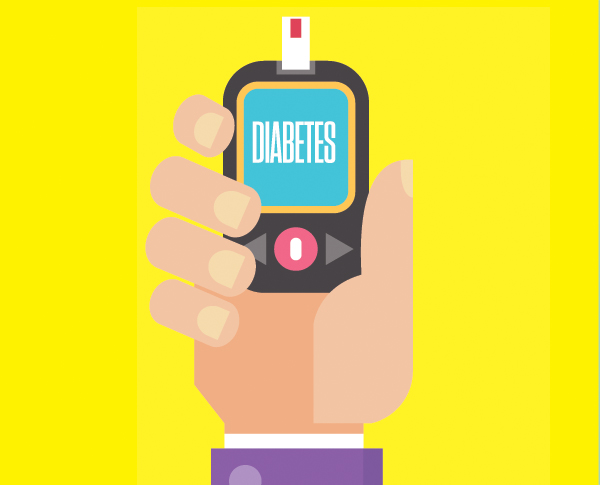
As per the International Diabetic Federation statistics, currently there are around 415 million adults and over half a million children having diabetes. There are still millions who are left undiagnosed, an alarming data that tells that they will end up in complications at future diagnosis. At present the world is witnessing a pandemic outbreak of diabetes and the Middle East and North Africa (MENA) region is no exception. In this region there are over 35 million adults within age 20-79 years who are living with diabetes, which means almost 10 per cent of population are having the disease. There are over sixty thousand children suffering from Type-1 diabetes in this region and ten thousand children are newly diagnosed each year. In 2015, 342,000 people died of diabetes. Prevalence of diabetes is highest among 50-79 age group and it ranges from 18-23 per cent and at all ages females are more prevalent than men. Diabetes is a systemic disorder which affects almost all systems of our body, thus affecting our eyes, kidney, and nerves. All these complications can be prevented or reduced to a great extent with few simple interventions.
1. Screening high risk group: Type-2 diabetes is family linked, so when parents and siblings are affected, then all members should regularly monitor their glucose. Family members having diabetes, obesity, high blood pressure, high cholesterol, history of high sugar during pregnancy, history of giving birth to large baby, and irregular menstrual period are few important risk factors and those who are having at least one or more, fall in the high risk group. These high risk groups should be screened and if found normal then one should annually monitor.
2. After diagnosis: Patients with diabetes initially are very reluctant to initiate treatment. If a person is found to have borderline or mild increase of sugar then intensive lifestyle modifications would help revert the high sugar to normal one in a significant number of the cases.
3. Regular follow-up: Diabetes is a lifelong disease. Regular follow-up helps to identify complications at an earlier stage and prompt intervention can delay or revert the complications. In several cases of Type-2 diabetes there are some complications. Some patients visit the doctor with visual problem, burning, and pin and needle feeling in the foot mostly at night, fatigue and lack of energy, skin and soft-tissue infection, loss of libido and more. These show that diabetes had already set in earlier and now complications have started. In Type-2 diabetes most of the cases show no symptoms.
4. Risk stratification: Studies showed that up to 80 per cent diabetes patients end up with heart attack and diabetes patients live 5-10 years less than normal population. Diabetes is equivalent to coronary heart disease in terms of life risk. Diabetes, high blood pressure, and high cholesterol are closely related and in most cases they exist together. So along with diabetes control all these risk factors should be addressed to reduce complications.
5. Interlink among complications: Having one form of complication can direct the beginning or presence of other complications. As for example, the presence of diabetic eye disease is associated with an increased risk of other diabetic kidney disease and cardiovascular diseases. Diabetic foot ulcer patients mostly have heart disease as well. So it is important to know the history of diabetes to address its complications.
[email protected]
Dr Muhammad Muneer, is Diabetologist at Dr Mohans Diabetes Specialties Centre, Azaiba
Contact: +968 9272 4345
[email protected]